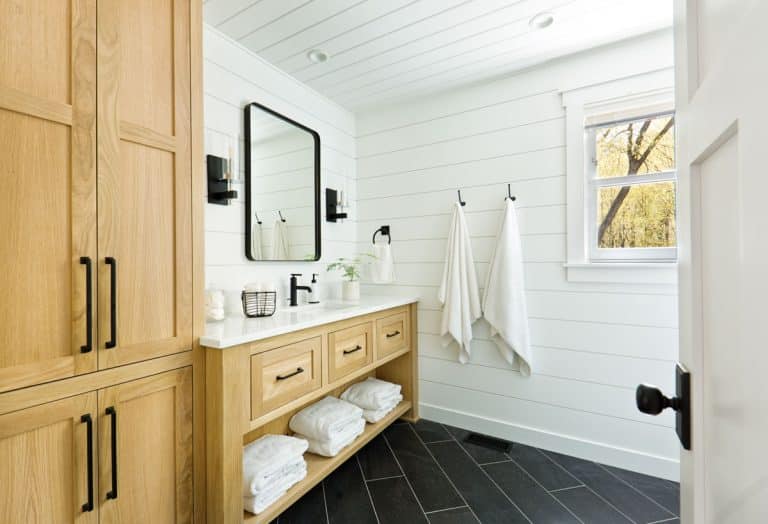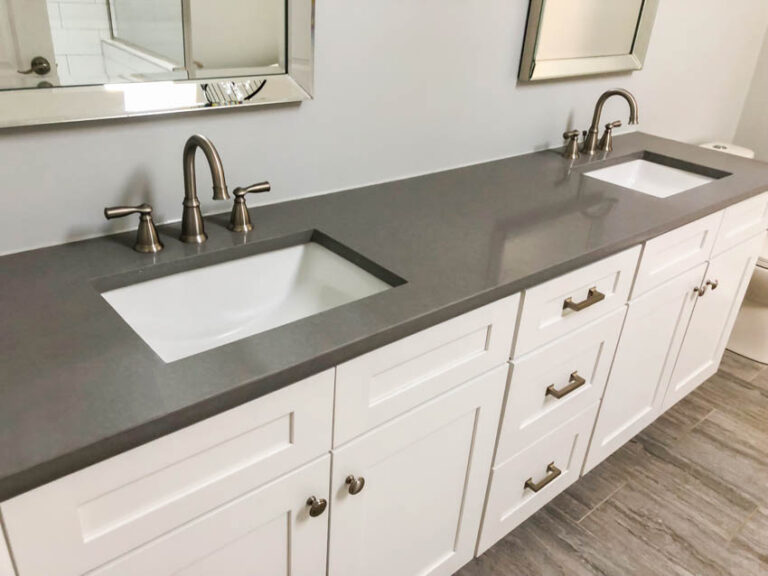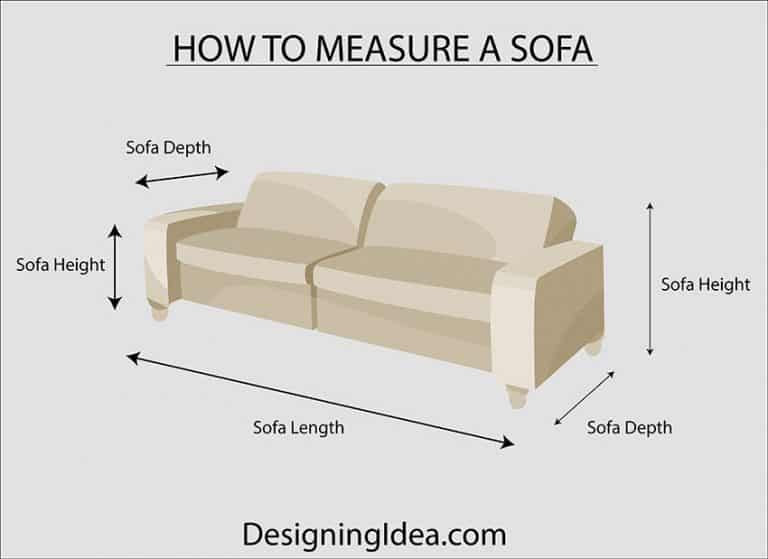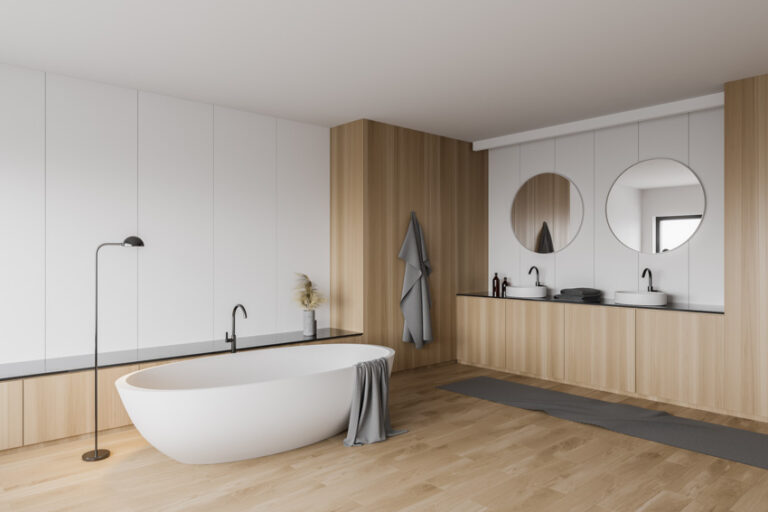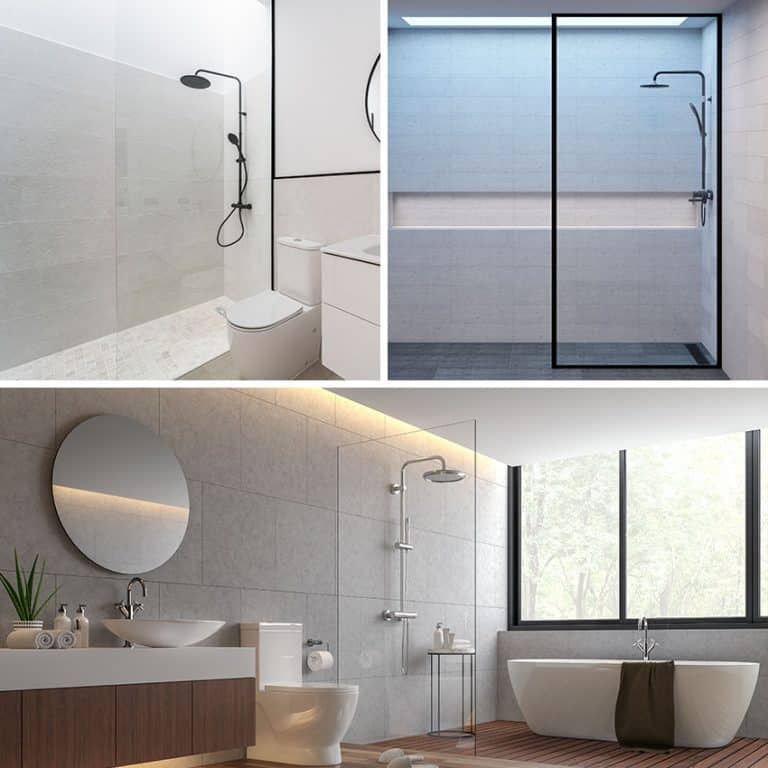What To Know About Chair Height Toilets Vs Standard Sizes
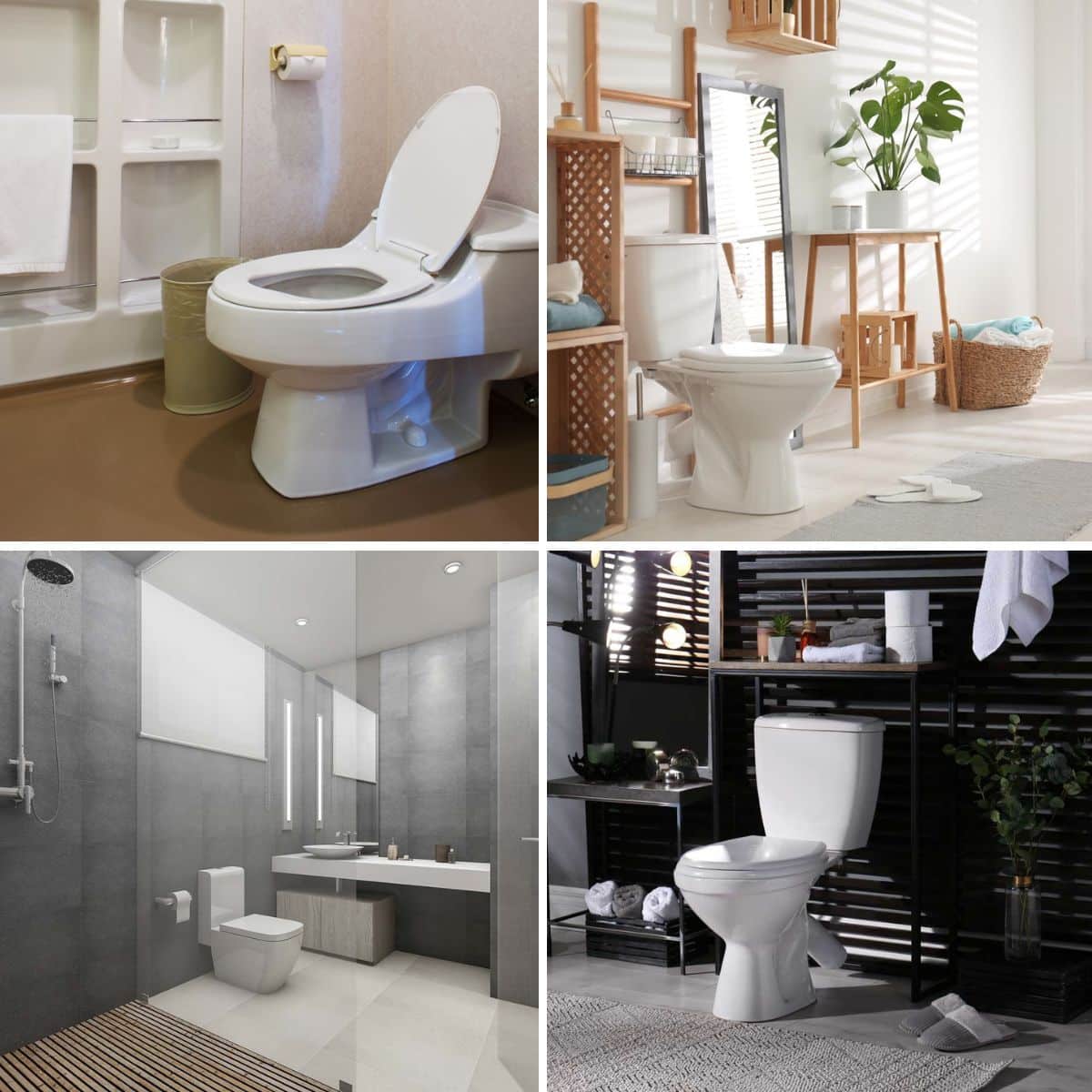
Toilets are essential fixtures to any home, allowing family members and individuals to “eliminate” products of digestion and metabolism safely and effectively. Although toilets come in different styles and designs, one attribute remains the most crucial – toilet seat height, leading homeowners to ask what to know about chair height toilets vs standard sizes.
Too tall, and some family members might find fecal elimination uncomfortable. Too low, and the user might feel cramped when using the toilet inside a bathroom. Taking sides in the ongoing chair height vs. standard debate is easier if prospective buyers know their differences. This article explores the variances to help homeowners and other individuals make the right decision.
What is a Chair Height Toilet?
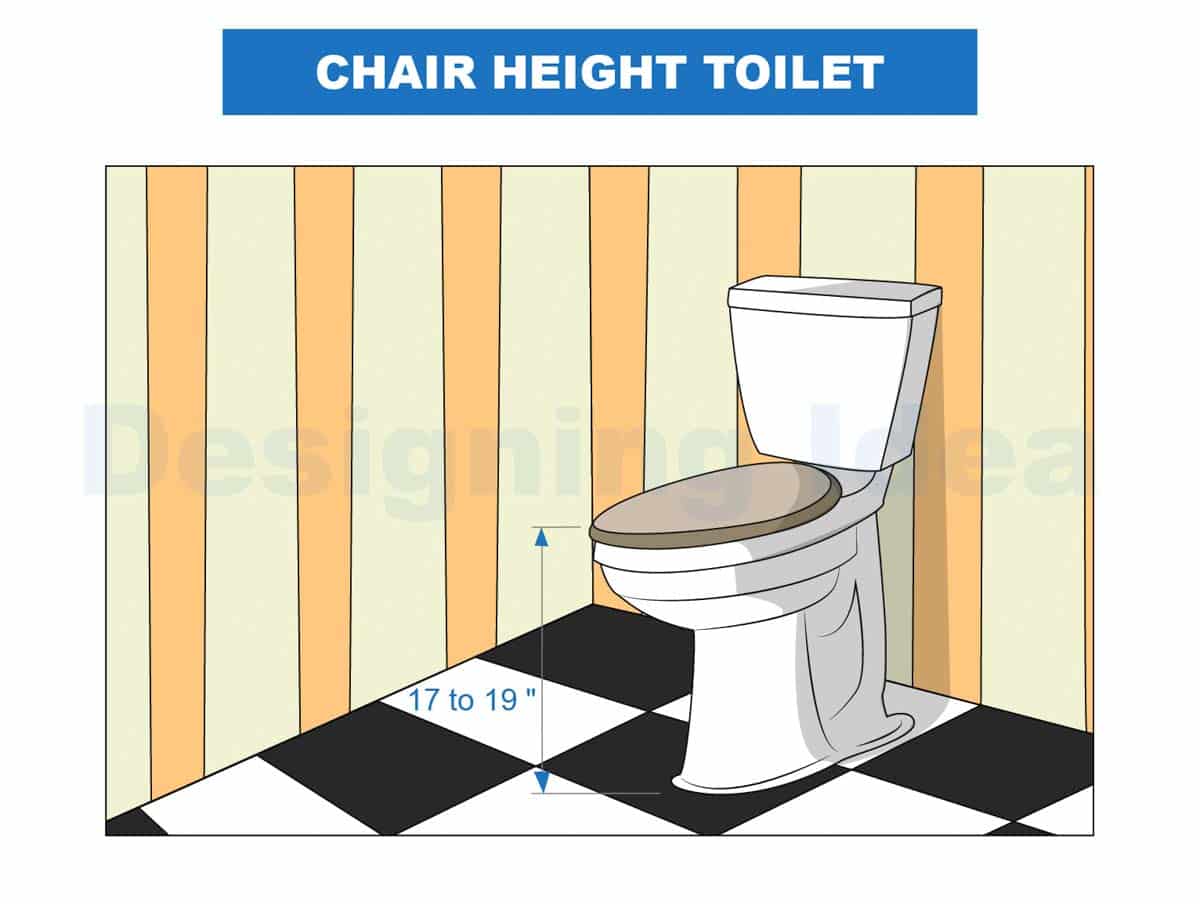
The ADA requires a chair-height toilet to feature a seat 17 to 19 inches or 43 to 48 centimeters from the floor.
Here are some key details about chair height toilets:
• Height – Chair height toilets have a seat height between 17-19 inches, compared to the standard 15-inch height according to Delta Faucets. This makes them more accessible for those who have difficulty sitting down or standing up from a standard model.
• Design – They feature an elongated bowl design and often have comfort height seating as well according to Kohler. This extra height makes it easier to sit down comfortably and stand up without strain.
• ADA Compliance – Many chair height toilets meet the Americans with Disabilities Act (ADA) requirements for accessibility. ADA compliant models must have a seat height between 17-19 inches.
• Usability – The added height of these models makes them easier to use for those with limited mobility, knee or hip problems, or for the elderly. The higher seat reduces strain.
• Installation – Chair height models generally require no special additional installation considerations beyond a standard design. They utilize a standard 12-inch rough-in.
Individuals with physical limitations or disabilities require a toilet with the correct height, preferably one that complies with the provisions of the Americans with Disabilities Act of 1990. Although the 1990 ADA has a broad scope to ensure the rights of persons with disabilities in public spaces, the civil rights law has significant implications for homeowners, especially families with members with physical limitations.
Benefits
• Better ergonomics: A chair-height toilet’s height approximates typical home or office chairs that rise 16 to 21 inches or 40.6 to 53.3 centimeters from the floor surface. Hawthorn Plumbing states that a chair height enhances general comfort as the user can plant the feet firmly on the floor while ensuring the legs are perpendicular to the ground and the thighs are parallel to the floor.
• Reduces stress on joints: Because the seat is 17 to 19 inches (43 to 48 centimeters) off the restroom’s floor surface, individuals will not strain to sit on and stand up from the seat. It is friendlier to the knee joints, making a chair-height ideal for individuals with arthritis and other joint problems. Persons recovering from an injury or illness will not bend or squat excessively to “relieve” themselves.
• More effortless access: The chair-height models height is also friendlier to individuals with diminished strength. For example, older folks who might find sitting on and getting up strenuous, will have better access.
What is a Standard Height Toilet?
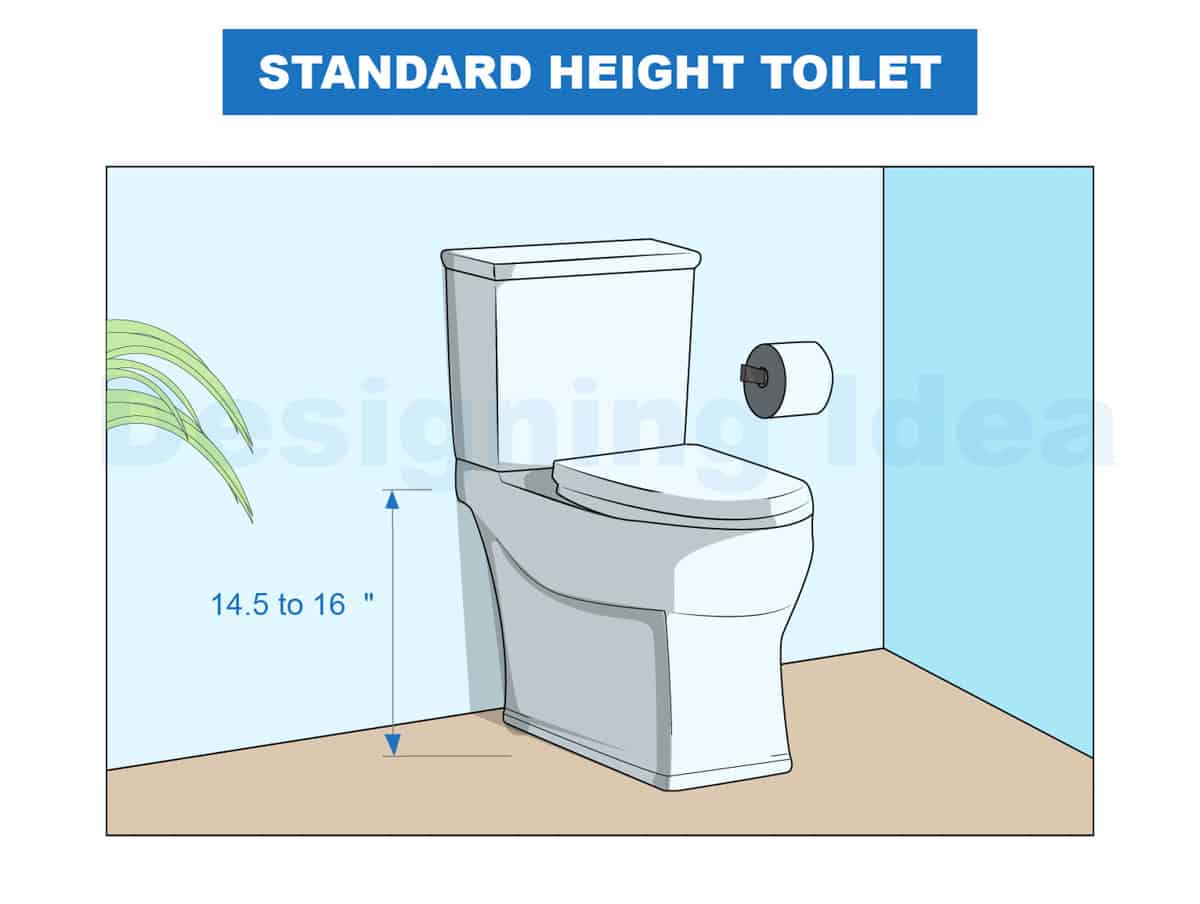
While a chair-height toilet is ideal for persons with disabilities or in a significantly weakened state, some individuals might find sitting from such fixtures cumbersome if not challenging. For instance, children would need a step stool to get up and sit on the seat.
WDS recommends a variety of heights to accommodate children which might be 300 mm for preschool up to 330 mm for primary school age with a little higher for secondary juniors. – Inclusive Urban Design: Public Toilets, Clara Greed
Benefits
• More versatile: Although a standard-height toilet has a seat 2 to 3 inches (5 to 7.6 centimeters) lower than a chair-height version, families can add an extension or expander to the seat to accommodate long-legged individuals or those with mobility problems and physical disabilities.
Families could always remove these “extensions” when another person (i.e., someone without disabilities) uses the toilet. Hence, a standard-height design is more versatile in accommodating various requirements.
After all, one cannot “remove” chair-height toilet seats to accommodate a child or an individual shorter than 5 feet 4 inches (1.63 meters).
• Ideal for families with children: While a chair-height model is perfect for households with members with physical limitations or mobility issues, a standard-height is more suitable for families with children.
It is also the best seat height for individuals not taller than 64 inches or 1.63 meters. They will not require a step stool to get on and off the seat, ensuring safety with each use.
• Easy access to toilet essentials: Engineers and architects design residential bathrooms with different amenities or features. For example, they install toilet paper holders and other essentials on the wall next to the commode.
These components’ placement considers the height and since most homes have a standard-height size, access to these bathroom essentials is much easier.
Toilet Bowl Height Chair vs Standard
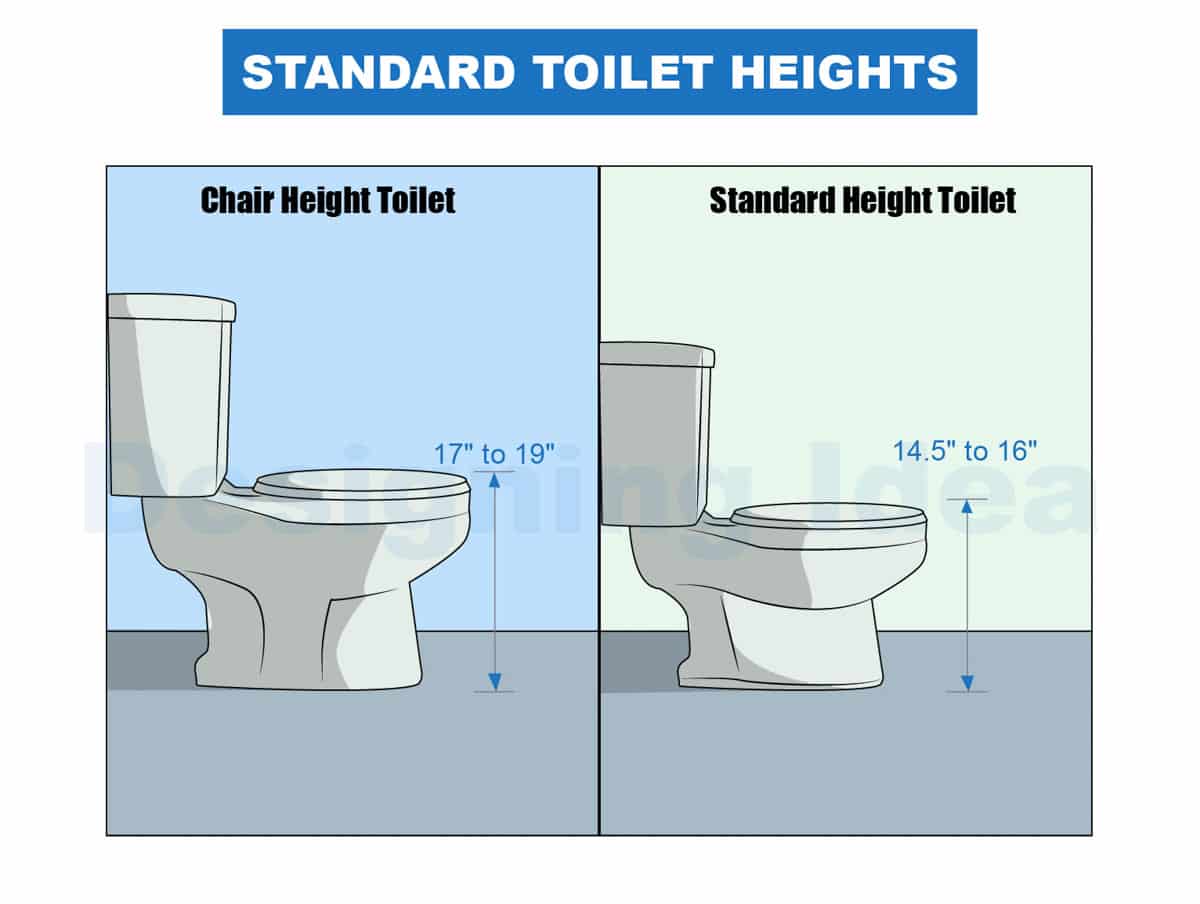
Both components are essential and do not offer significant differences between a standard-height and a chair-height toilet. The only variance between these two fixtures is their height (and depth), mainly the seat’s position relative to the restroom or bathroom flooring surface. Hence, it is not unusual that a chair-height bowl will look identical to a standard-height commode. Of course, manufacturers offer bowls in various shapes, styles, and designs.
Some have elongated toilet bowl rims (the bowl’s upper surface is in contact with the seat). These can measure at least 18-5/8 inches (about 47 centimeters) from the rear to the front. Meanwhile, a round-front bowl has a shorter front-to-rear cross-section of 16-3/4 inches (about 42.5 centimeters). However, a chair-height models added height will also mean more water is required to flush the toilet contents.
Difference in Heights Of Toilets
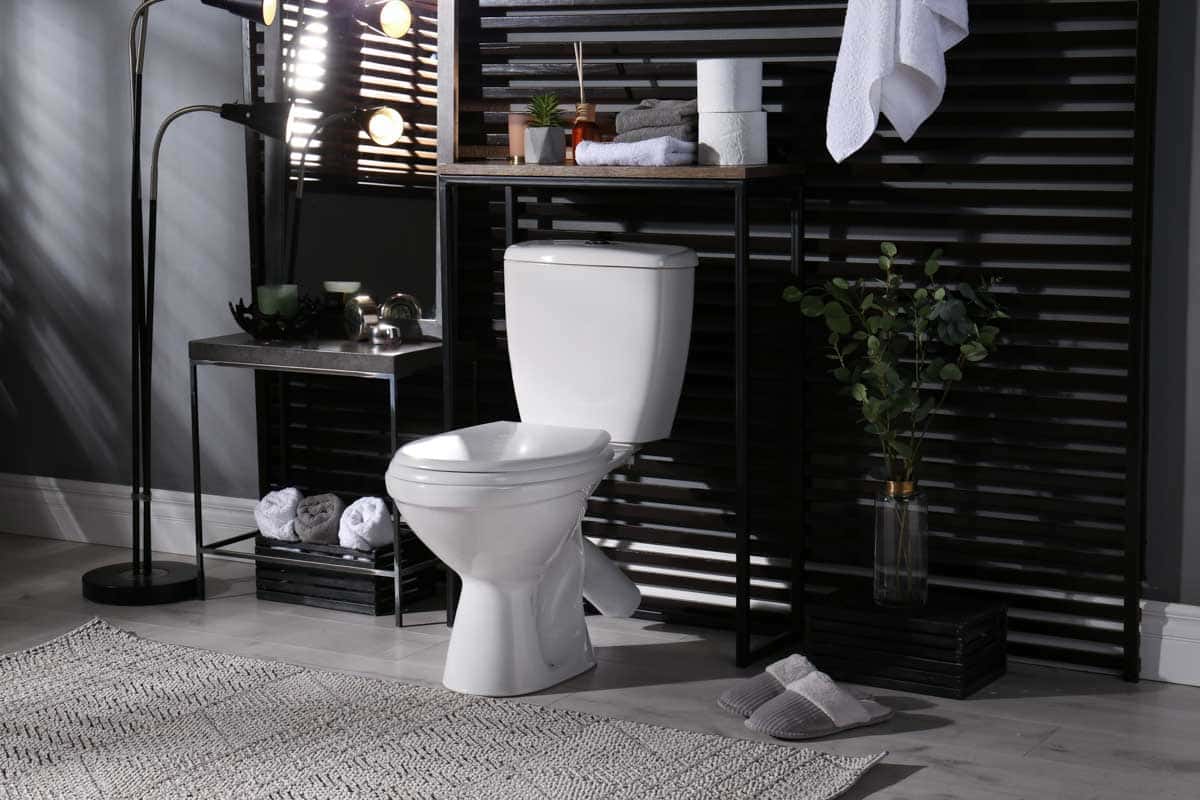
As mentioned, a chair-height toilet approximates traditional chairs (at the dining table or an office desk), making it 2 to 3 inches (5 to 7.6 centimeters) “taller” than a standard-height commode.
Chair-height toilets can span the vertical space between the floor and the top of the seat in 17 to 19 inches (43 to 48 centimeters), while standard-height commodes can clear the same section in 14.5 to 16 inches (37 to 41 centimeters).
What Height is The Best For A Toilet?
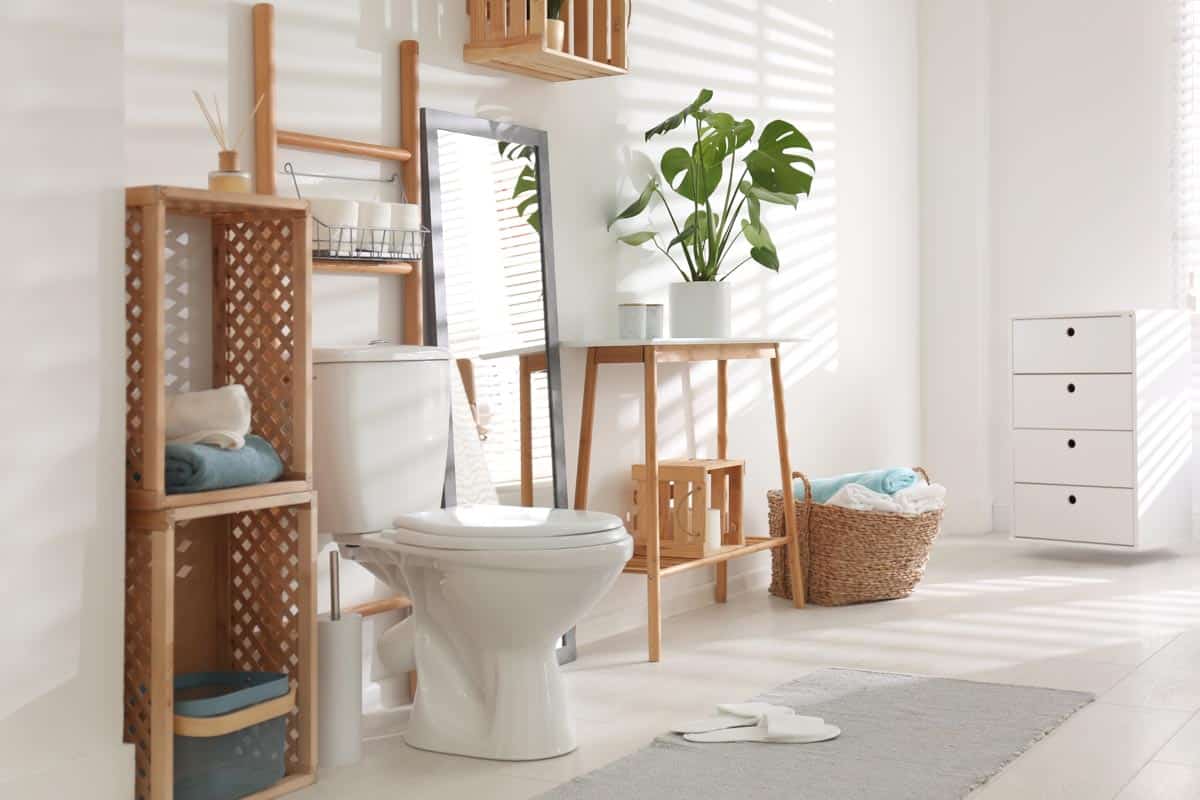
Choosing between a chair-height toilet and a standard commode depends on whether the household has a member with physical limitations or a “shorter-than-average” physique. Children and individuals not taller than 64 inches or 163 centimeters will have a more comfortable and convenient experience with a standard-height design.
On the other hand, elderly individuals, people with physical disabilities, family members with mobility issues, and persons recuperating from an illness or injury can benefit more from a chair-height model. This commode is also perfect for households with “taller-than-average” members (those exceeding 6 feet or 183 centimeters).
It is worth pointing out that chair-height seats are the standard in many public or common restrooms (i.e., hospitals). This observation is not unexpected, given the legal implications of noncompliance with the Americans with Disabilities Act of 1990. Meanwhile, standard-height units are the go-to commode for residential homes.
Families who want a more water-efficient toilet should consider a standard-height commode. The standard-height’s lower profile than a chair-height offers less water consumption with each flush. It is the perfect solution for households that want to reduce water utility expenditures.
On a side note, a standard-height toilet is better if one’s restroom is somewhat cramped because this commode takes less space than a chair-height model. See more related content in our article about toilet dimensions on this page.

